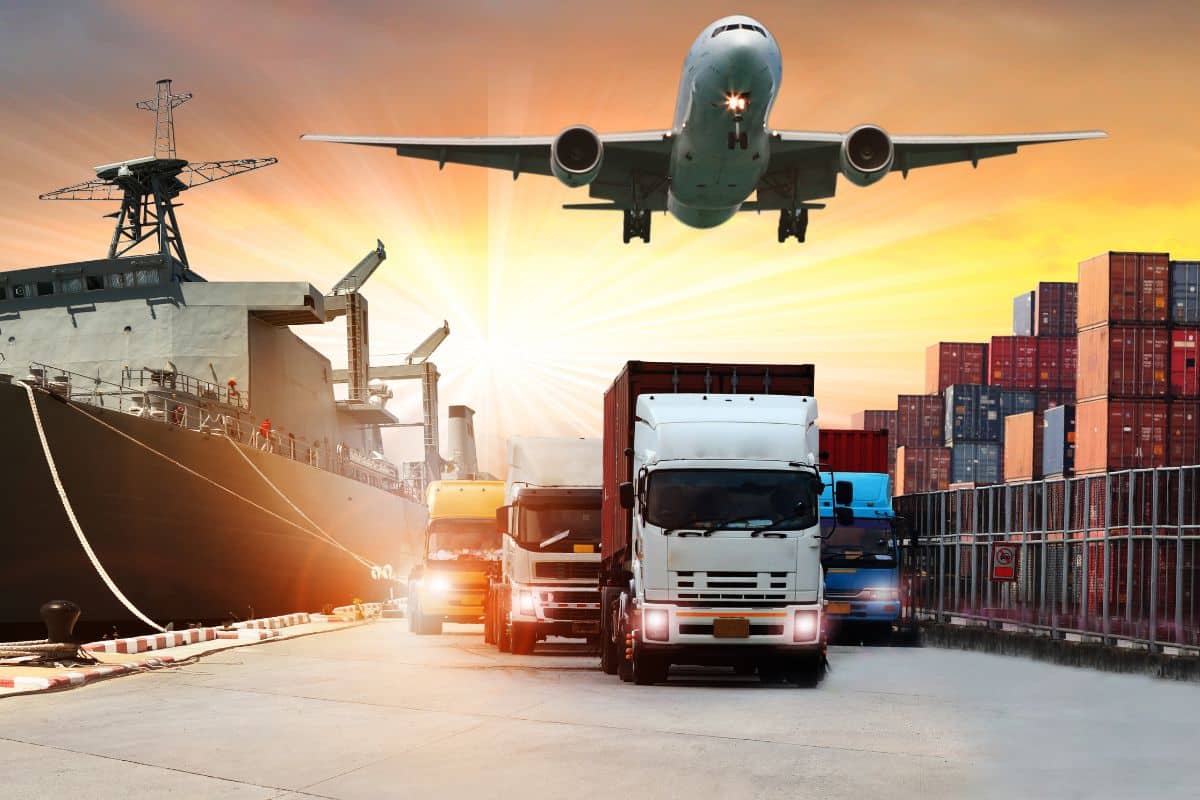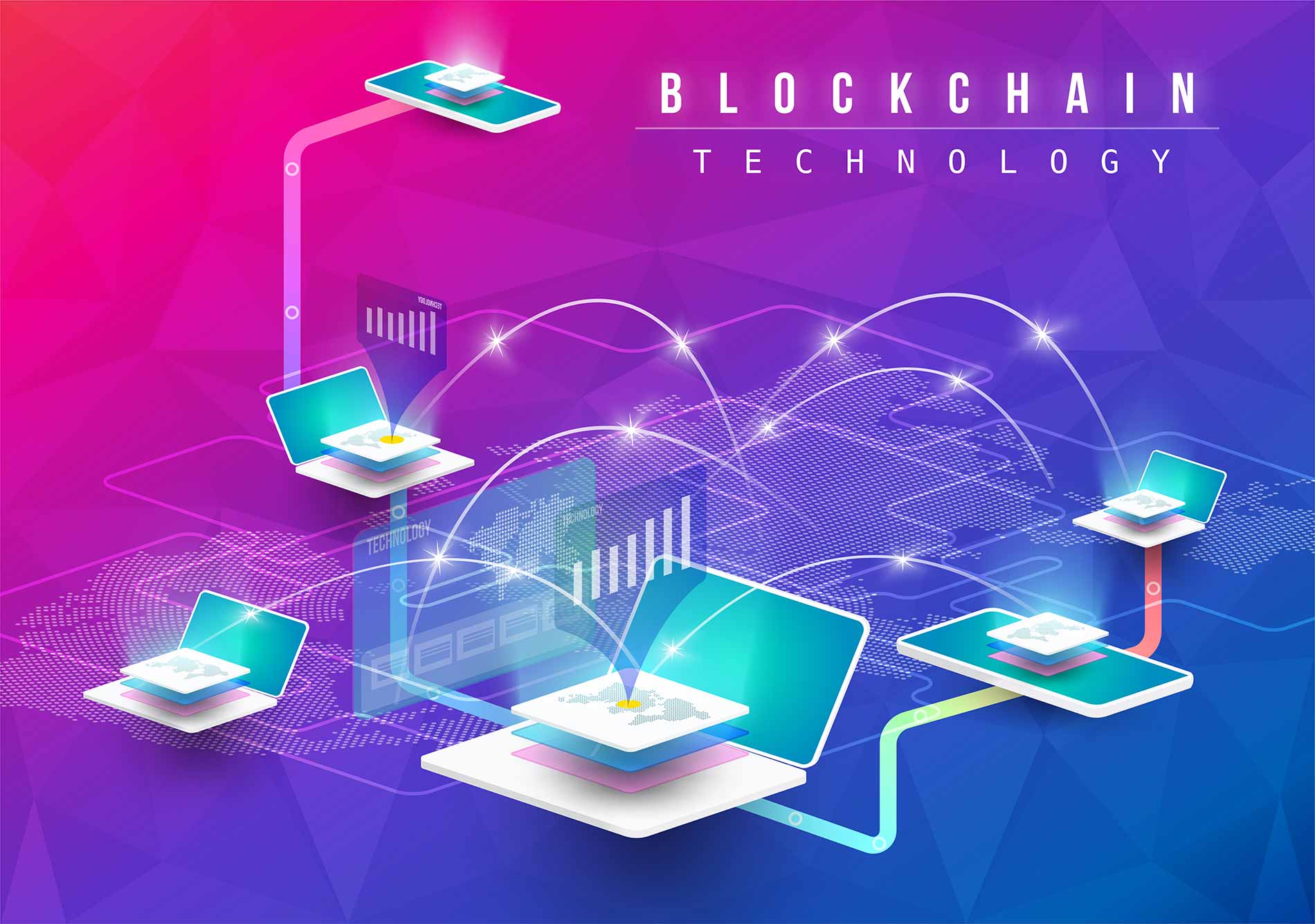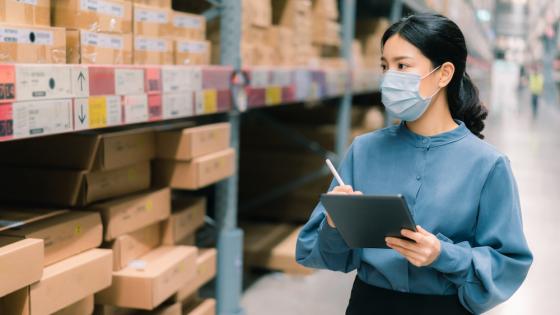Distribution – Powering Global Supply Chains

Distribution is the backbone of global commerce, facilitating the movement of goods from producers to consumers. It encompasses warehousing, transportation, inventory management, and delivery—functions that must operate in sync to meet today’s expectations of speed, accuracy, and sustainability.

In the age of e-commerce, the role of distribution has become even more critical. Consumers now expect fast shipping, real-time tracking, and seamless returns. To meet these demands, businesses are investing in advanced logistics systems. Smart warehouses use robotics and AI to automate sorting and packing. Real-time inventory management reduces delays and ensures product availability.

Last-mile delivery—the final leg of distribution—is a complex and costly segment. Innovations like electric delivery vehicles, drones, and local pickup lockers are addressing challenges in this space. Companies are also embracing omnichannel fulfillment strategies, blending online and offline channels to offer flexible options to customers.

Global distribution adds layers of complexity, involving customs clearance, trade regulations, and geopolitical risks. Efficient international logistics require coordination among suppliers, freight carriers, and government agencies. Technologies like blockchain and IoT improve transparency and traceability in cross-border supply chains.

Sustainability is another key focus. As climate concerns grow, companies are rethinking distribution to minimize environmental impact. This includes route optimization, eco-friendly packaging, and carbon-neutral shipping options. Green logistics not only support environmental goals but also enhance brand reputation among conscious consumers.

The COVID-19 pandemic exposed vulnerabilities in distribution networks, from port congestion to raw material shortages. In response, businesses are diversifying suppliers, increasing inventory buffers, and adopting more resilient models. Digital tools for predictive analytics and demand forecasting are helping companies navigate disruptions more effectively.
Distribution is no longer a back-end function—it is a strategic asset. With efficient, tech-driven, and sustainable systems, businesses can enhance customer experience, cut costs, and build long-term competitiveness.
